Our Articles
Insights on AI, automation, and strategic technology adoption for business growth.
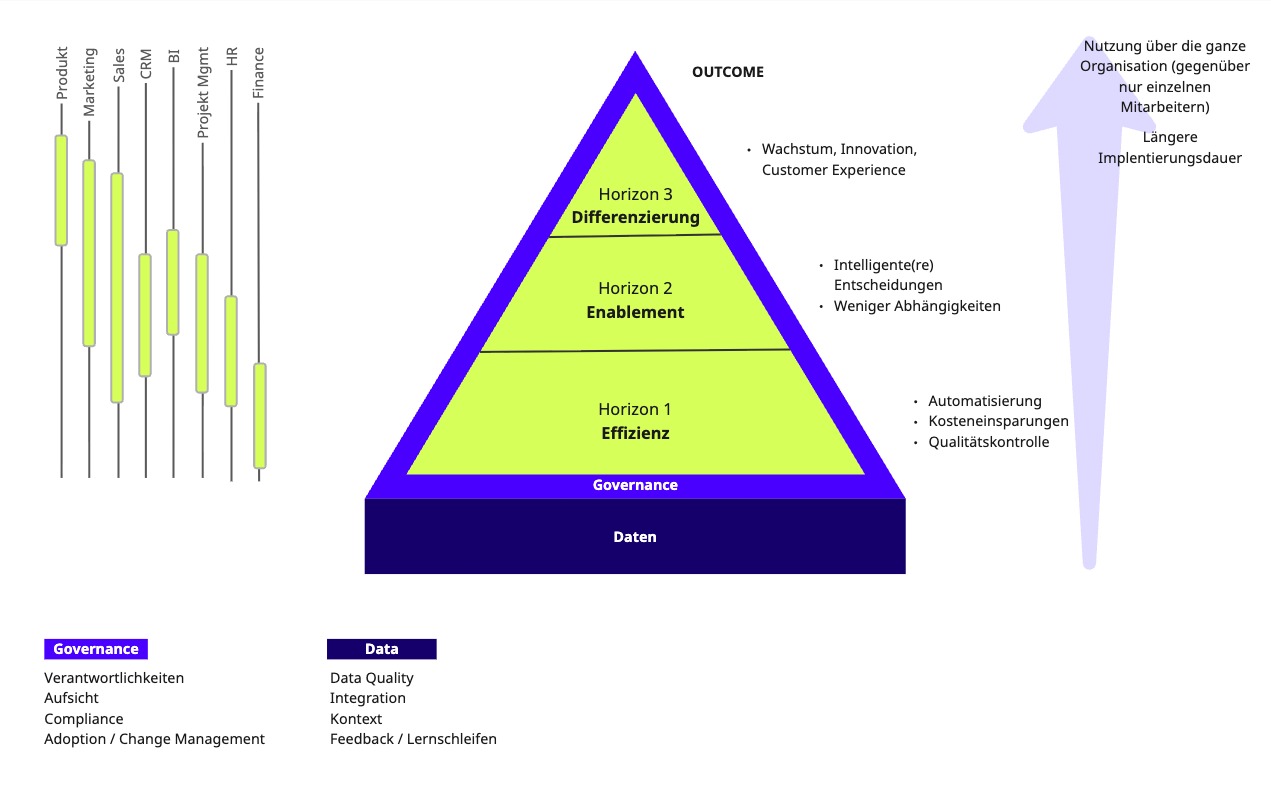
What AI Project Should You Start With?
Most companies asking “what AI project should we start with?” make the same mistake: they choose projects based on hype, not readiness.
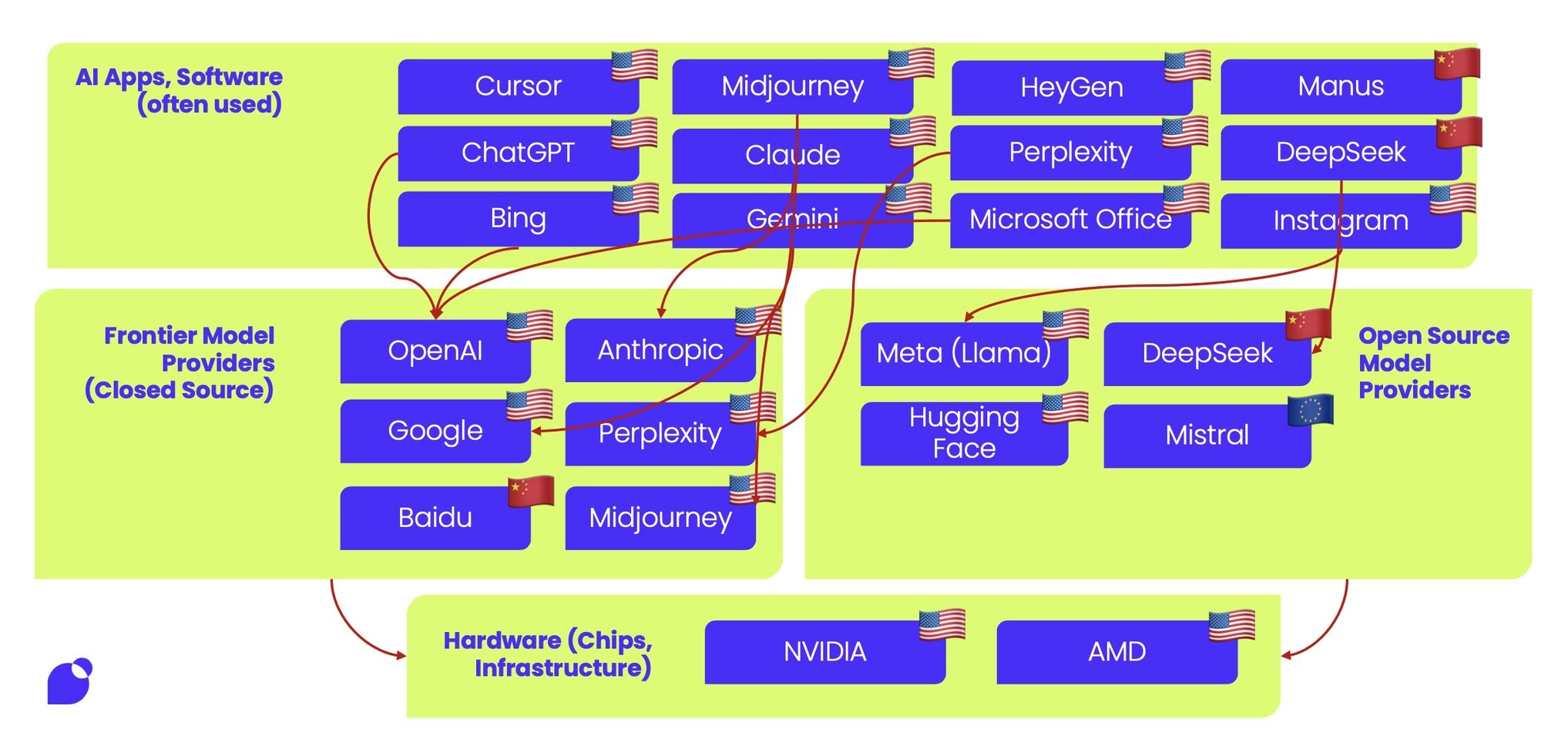
AI Infrastructure Is Geopolitics
AI is geopolitics. And infrastructure currently moves faster than regulation.
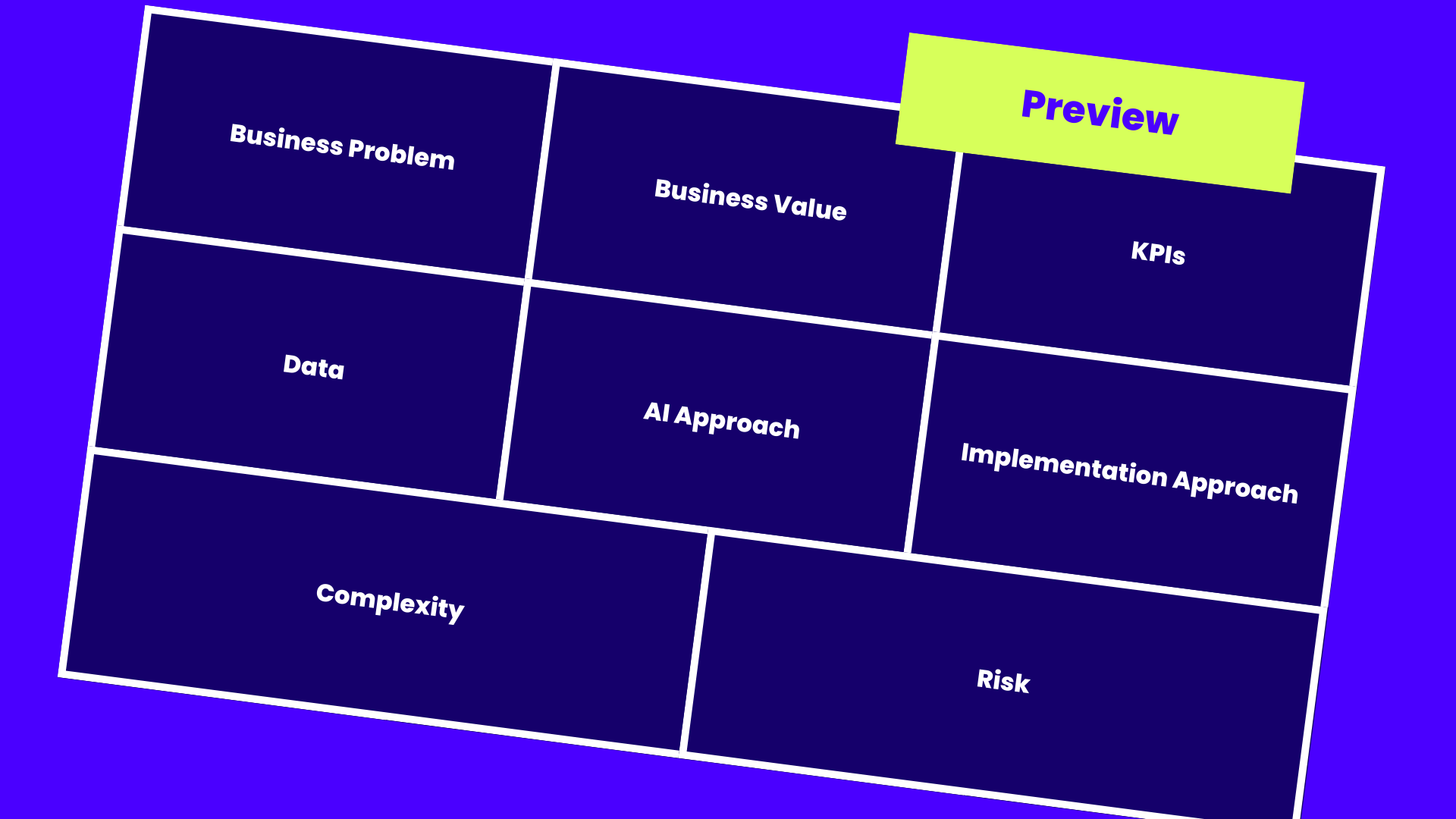
The AI Use Case Canvas
Or: When Does It Actually Make Sense To Implement AI In Your Business
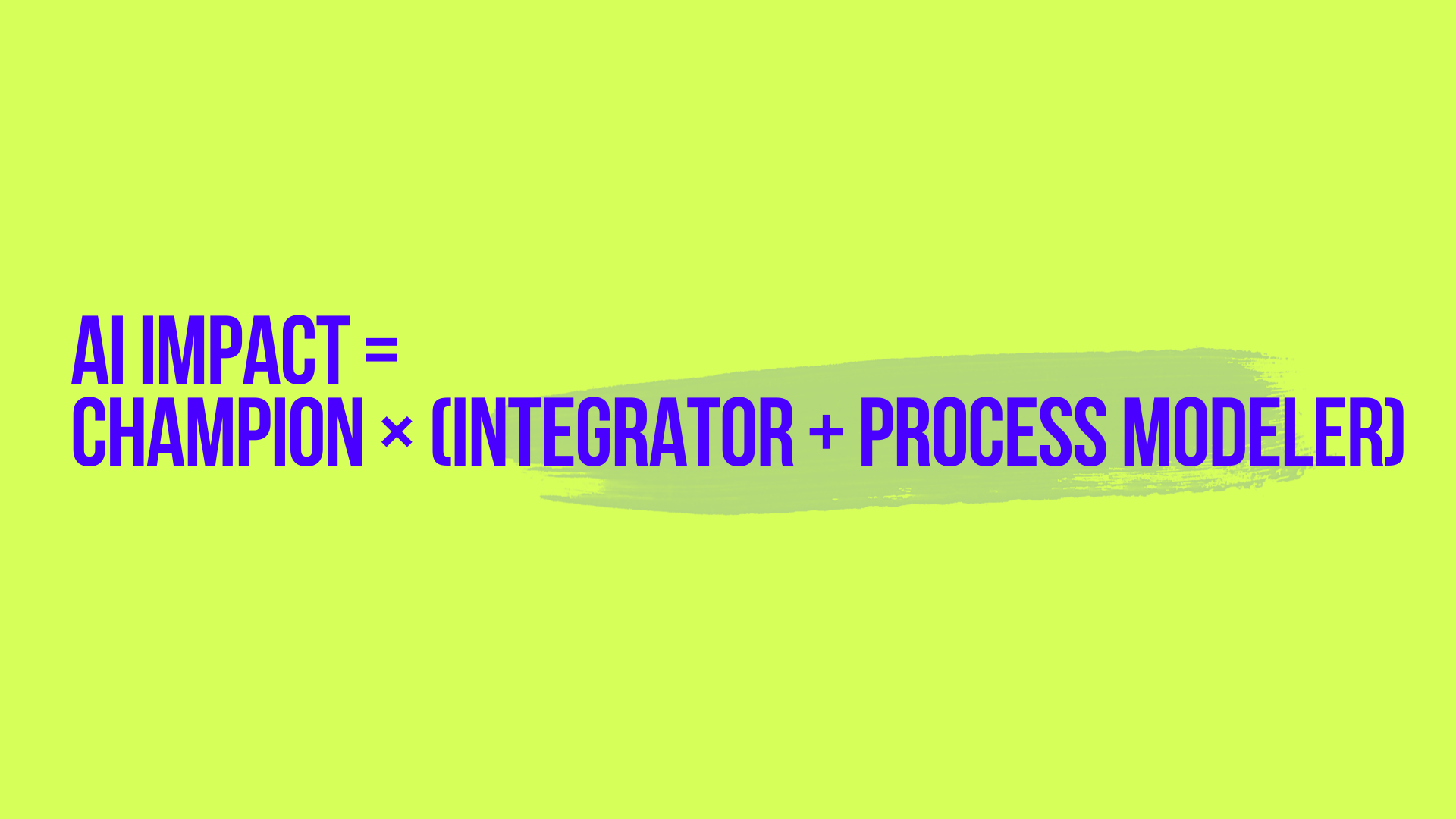
The AI Implementation Framework That Actually Works for SMBs
Most AI initiatives in small and mid-size businesses fail within six months. Not because the technology doesn’t work, but because organizations skip the human equation entirely.
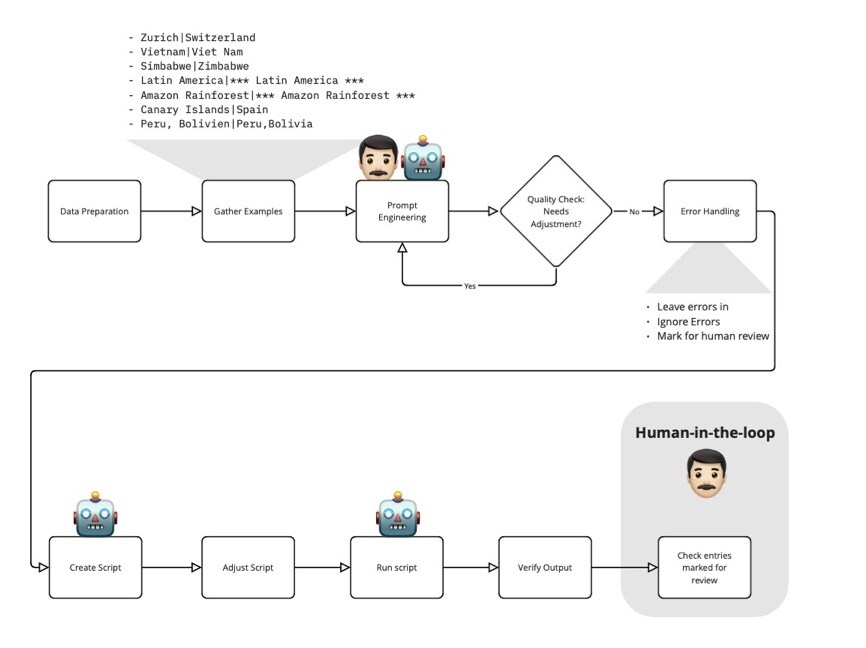
From Messy Survey Responses to Structured Data with AI
When people think of Large Language Models (LLMs) like ChatGPT, they often think of creative text generation. But the real power of AI often lies elsewhere: it handles tedious, data-intensive tasks faster, cheaper, and more accurately than any human.

Siri in iOS 18 - AI Agents Lurking In The Shadow
It’s a running joke at our house that Siri is about as smart as our hamster. With Siri’s newfound understanding of human language, interactions are set to become more intelligible. But while these improvements are nice, the big innovation at Apple’s WWDC24 lies beneath the surface – AI Agents and automation.

Are Businesses AI-Ready? Insights from Swiss Business Leaders
A recent survey by Deloitte revealed that 54% of Swiss business leaders believe their tech infrastructure is AI-ready. This level of confidence stands in stark contrast to their counterparts in Germany (37%), the UK (25%), and the global average (40%).
